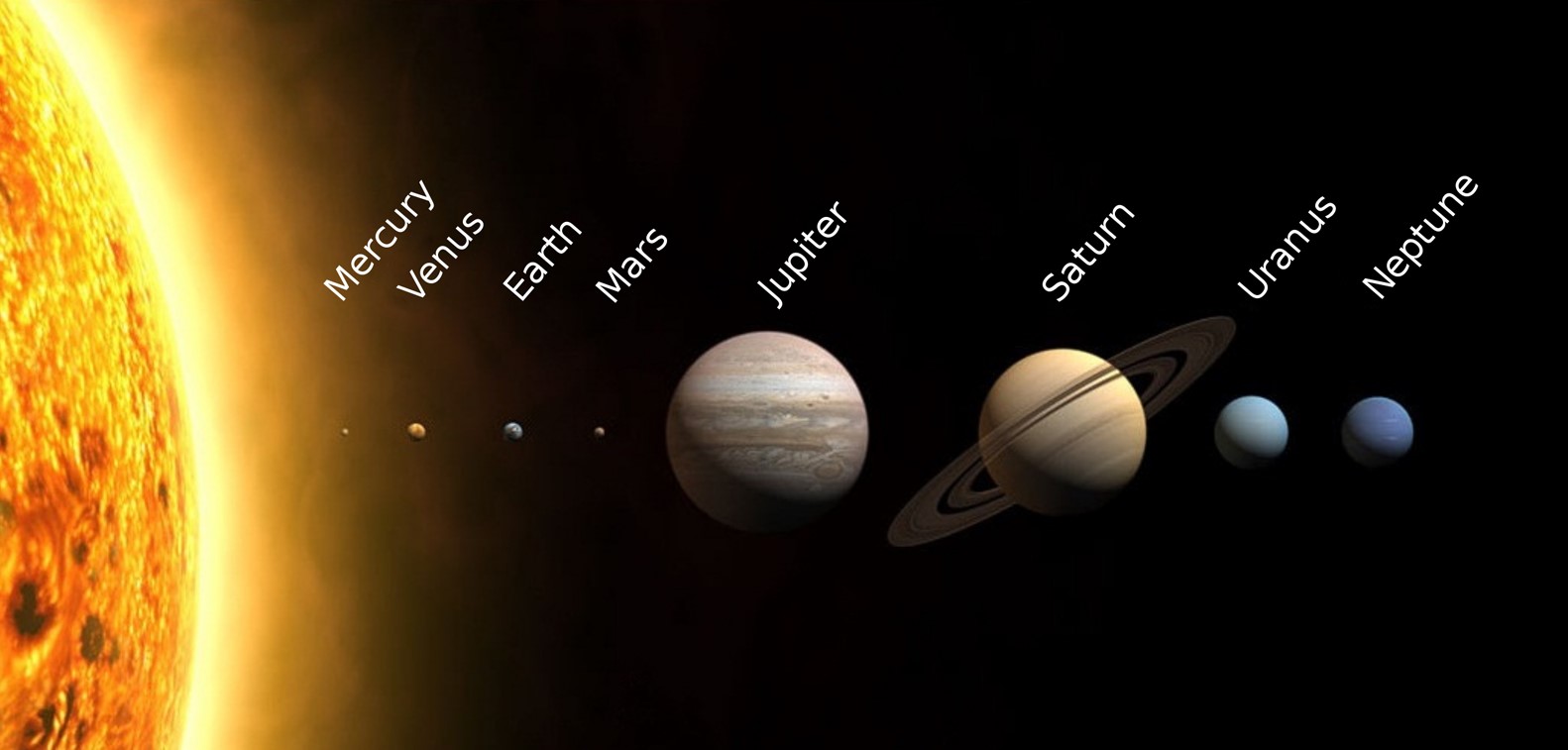ASTRONOMERS DETECT NEW CHEMICAL SIGNATURE IN AN EXOPLANET’S ATMOSPHERE 
29 April 2021
An international collaboration of astronomers led by Queen’s University Belfast has discovered a new chemical signature in the atmosphere of an extrasolar planet, a planet that orbits a star other than the sun.
Such advances are important if, in the future, we ever want to probe atmospheres of smaller rocky planets that resemble the Earth.
The results have been published in the Astrophysical Journal Letters and involved researchers from Queen’s, the Astrobiology Center (ABC) of the National Institutes of Natural Sciences in Tokyo, and Trinity College Dublin.
Using the high-powered Subaru Telescope, the hydroxyl radical (OH), one of the most dominant oxygen-bearing molecules at high temperature, was found in the dayside of the exoplanet named WASP-33b.
The lead researcher based at the ABC and the School of Mathematics and Physics at Queen’s, Dr Stevanus Nugroho, said:
"The discovery is the first direct evidence of OH in the atmosphere of a planet beyond the Solar System.
“It shows not only that astronomers can detect this molecule in exoplanet atmospheres, but also that they can now begin to understand the detailed chemistry of this planetary population.”
In the Earth’s atmosphere, OH is mainly produced by the reaction of water vapour with atomic oxygen. It is a so-called ‘atmospheric detergent’ and plays a crucial role in the Earth’s atmosphere to purge pollutant gasses that can be dangerous to life, such as methane and carbon monoxide.
In a much hotter and bigger planet like WASP-33b (where astronomers have previously detected signs of iron and titanium oxide gas), OH plays a key role in determining the chemistry of the atmosphere through interaction with water vapour and carbon monoxide. Most of the OH in the atmosphere of WASP-33b is thought to be produced by the destruction of water vapour due to the extremely high temperature.
Dr Ernst de Mooij, co-author on the study and lecturer from the School of Mathematics and Physics at Queen’s, said:
“We see only a tentative and weak signal from water vapour in our data, which would support the idea that the water is destroyed to form hydroxyl in this extreme environment.”
To make this discovery, the team used the InfraRed Doppler (IRD) instrument and the Subaru Telescope located in the summit area of Maunakea in Hawai`i (about 4,200 m above sea level). This new instrument can detect the ‘spectral fingerprints’ of atoms and molecules – a unique set of dark absorption features superimposed on the rainbow of colours (or spectrum) that are emitted by stars and planets.
As the planet orbits its host star, its velocity relative to the Earth changes with time. And much like the siren of an ambulance, or the roar of a racing car’s engine changes pitch while speeding past us, the frequencies of light of these spectral fingerprints changes with the velocity of the planet. This allowed the researchers to separate the planet’s signal from its bright host star, which normally overwhelms such observations, despite modern telescopes being nowhere near powerful enough to take images of such ‘hot Jupiter’ exoplanets.
Professor Chris Watson, head of the Exoplanet Group within the Astrophysics Research Centre at the School of Mathematics and Physics at Queen’s, and also a co-author on the study, explained:
“While WASP-33b may be a giant planet, these observations are the testbed for the next-generation facilities like the Thirty Meter Telescope and the European Extremely Large Telescope in searching for biosignatures on smaller and potentially rocky worlds, which might provide hints to one of the oldest questions of humankind, ‘Are we alone?’”
The research was funded by UK Science Technology and Facility Council grant ST/P000312/1.
For media enquiries, please contact the Communications Office at Queen’s University Belfast.
Back to Main News
Top of Page